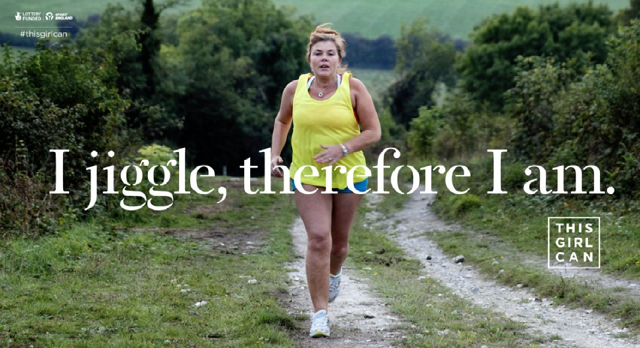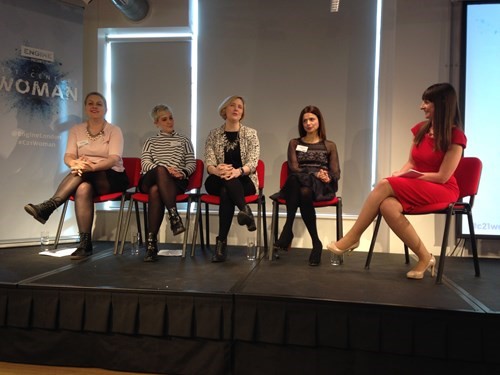Brand communications and the misrepresentation of women

David Ogilvy, legendary advertising figure, once said, “The consumer isn’t a moron, she is your wife.” The world has changed since Ogilvy’s 1983 treatise, Ogilvy on Advertising, was published, yet brands still haven’t lived up to his advice.
In research carried out by communications group Engine, alongside marketing specialist Partners Andrews Aldridge, women across the UK shared their thoughts on the representation of women in brand communications. Some results of the ‘21st century woman’ research, though unsurprising, are somewhat damning. Others point to the need for global, industry-wide change. At an event this morning at landmark London bookshop Foyles, a panel of four women discussed the state of equality in communications.
The beauty industry, for example, is predominantly geared toward women. However, 60% of UK consumers – some of the world’s biggest purchasers of beauty products and cosmetics – say they do not feel represented in beauty advertising. Overall, 76% do not feel that brands represent modern women and 90% think brands should take more responsibility for how women are portrayed.
Speakers included Stella Creasy, MP for Walthamstow, Harriet Hall, digital features editor for the Stylist, Kate Dale, head of brand and strategy at Sport England, Debbie Klein, chief executive of the Engine Group in Europe and Asia, and Erminia Blackden, head of strategy at Partners Andrews Aldridge. “Brands are suddenly waking up to the fact that women have influence and power,” says Blackden. Brands, she says, should work harder to represent women in “a way that they want to be represented.” It’s easier said than done, the panellists agree, as ‘women’ are not homogenous members of one monolithic market segment. But agreement is apparent in certain areas of the research. The study included desk research, a comprehensive qualitative study of focus groups and interviews, and a survey of 1,001 women in the UK, all of which show that women do agree that there is still gender inequality and that there are different standards for men and women.
Presenting the biggest challenge for brands is the finding that women don’t see themselves in the media or branded communications. However, women account for 80% of all purchases made in the UK. “Women are the key to brand growth,” Blackden says, and yet, 86% of women think brands present a stereotypical view of life. Panellists take care to commend those companies and organisations that avoid this – Dove’s ‘Like a Girl’ campaign, for one – however, the shining examples are not yet in the majority.
One such campaign, Sport England’s ‘This Girl Can,’ is in its second iteration and has achieved real results for getting women into sport and exercise and in changing the perception of sporting activity among women aged 14 and older. Dale says recognising that women found it difficult to take part in sport was actually a positive thing for Sport England, as the organisation could then take action to change that; and impact its overall business objectives as well. She says it’s up to individuals to make change happen.
However, Creasy adds, “The world in which we live is so rigged against women that sometimes we don’t see it. Women are still objectified first, personality later.” Blackden says large scale change requires society to recognise this and to learn what it’s like to be a woman. The communications benefit to doing so can result in a deeper connection with a brand’s primary consumer group. The panellists agree that a better representation of women in branding and communications will have an impact on bottom line.
In becoming better communicators with women, brands should be open minded about what women want to see or who they are and to have a reason for selecting imagery with feminine coding, the research advises. Representation though, is still the key, for panellists at the event and for brands. By including women in creative teams, by ensuring a diverse representation of women in brand communications and making those communications representative of different kinds of women, brands can begin to pick away at the 76% of women who feel that brands don’t represent them.













